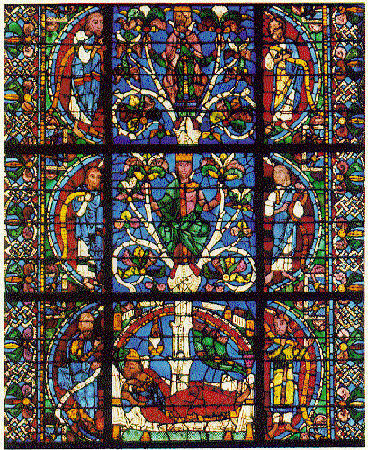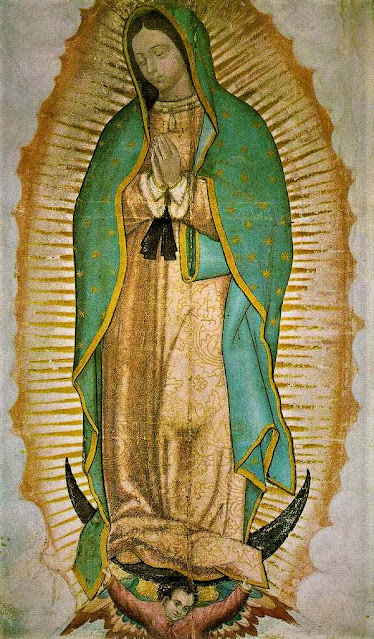This little One, whose birth we celebrate at this time, is the Saviour born for us, to save us from our sins, to deliver us from eternal death, to redeem us from the Law and the wrath of God. We deserve hell, yet God brings down heaven. We deserve fire and brimstone, yet God sends a baby.
“Do not be afraid,” says the angel. We look on this Child's face and see the face of God come down to save us. This Child would grow up. He would open the eyes of the blind man. He would open the ears of the deaf. He would cast out devils. He would still the storm and raise the dead. He would hang on a cross and die.
See the lengths to which God will go to rescue us! He divests Himself of His glory. He removes His royal robes and exchanges them for diapers. He hides His power and His majesty under the weakness of an Infant in the manger, the Man on the cross.
But we should not be deceived by such weakness. This is the Christ, God's anointed One, His Messiah, the hand of God reaching down to us. He is the Lord, God wearing our flesh, come to be with us as God had never been with us before.
The shepherds heard the preaching of the angel. They heard the words of the angel's birth announcement and left their work and ran to Bethlehem worship at the manger.
We cannot turn back the years and go to Bethlehem as it was that night. But Bethlehem can, and does, come to us. The Church is our Lord's grotto, the place where He makes His dwelling in a world that has no place for Him. The Altar is His manger. The One who once slept in a manger, who hung on a cross, who rose from the dead, and sits at the Father's right hand from whence He came and will come again, comes to us under the outward forms of bread and wine. In Holy Communion we find Him, wrapped in the swaddling cloths of humility. And so every Mass where Jesus is proclaimed Saviour, Christ, and Lord, is Christmas - Christ's Mass.
But we should not be deceived by such weakness. This is the Christ, God's anointed One, His Messiah, the hand of God reaching down to us. He is the Lord, God wearing our flesh, come to be with us as God had never been with us before.
The shepherds heard the preaching of the angel. They heard the words of the angel's birth announcement and left their work and ran to Bethlehem worship at the manger.
We cannot turn back the years and go to Bethlehem as it was that night. But Bethlehem can, and does, come to us. The Church is our Lord's grotto, the place where He makes His dwelling in a world that has no place for Him. The Altar is His manger. The One who once slept in a manger, who hung on a cross, who rose from the dead, and sits at the Father's right hand from whence He came and will come again, comes to us under the outward forms of bread and wine. In Holy Communion we find Him, wrapped in the swaddling cloths of humility. And so every Mass where Jesus is proclaimed Saviour, Christ, and Lord, is Christmas - Christ's Mass.
______________________________
Painting: "The Nativity"
by Arthur Hughes (1832-1915)






.jpg)







